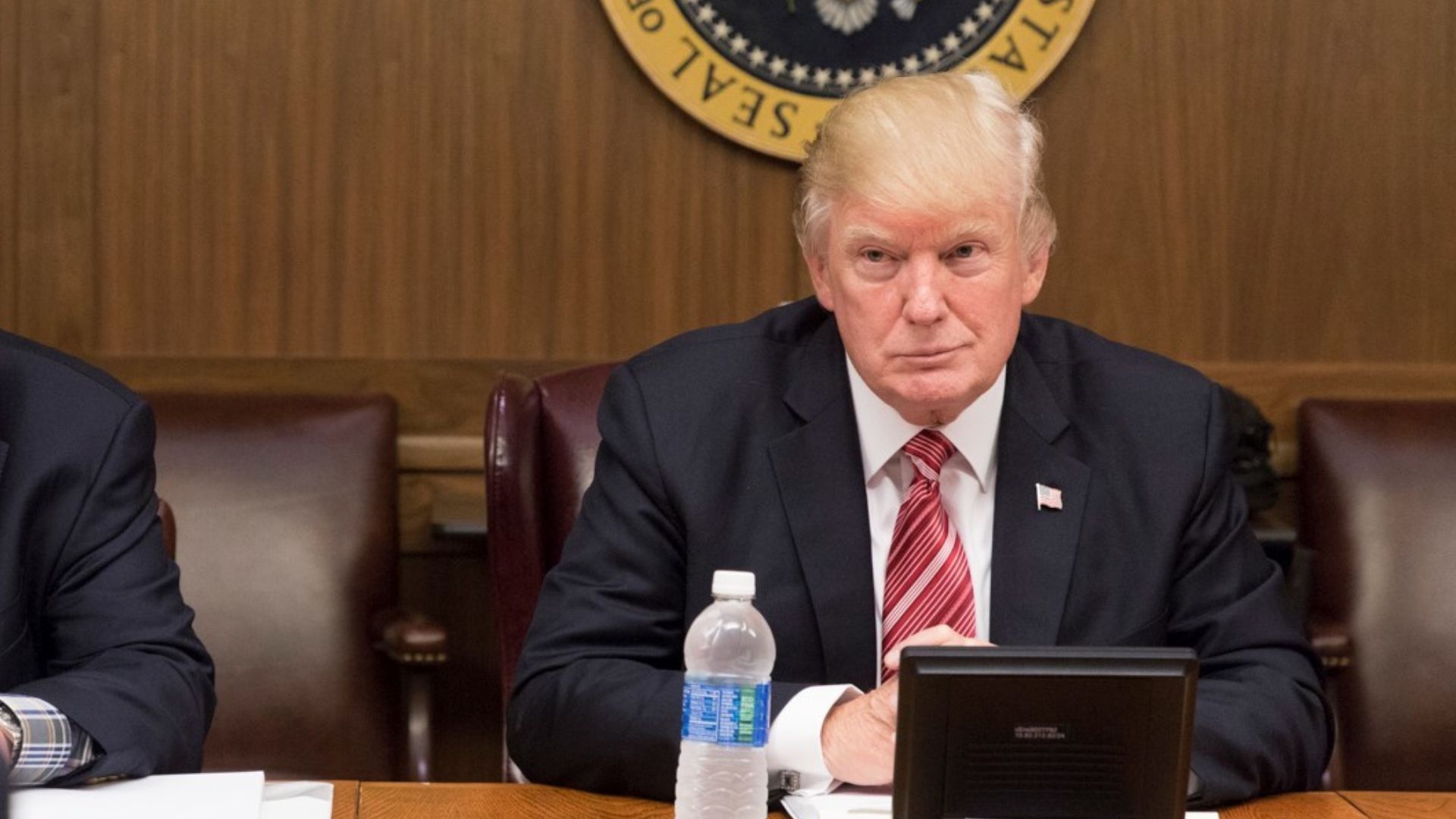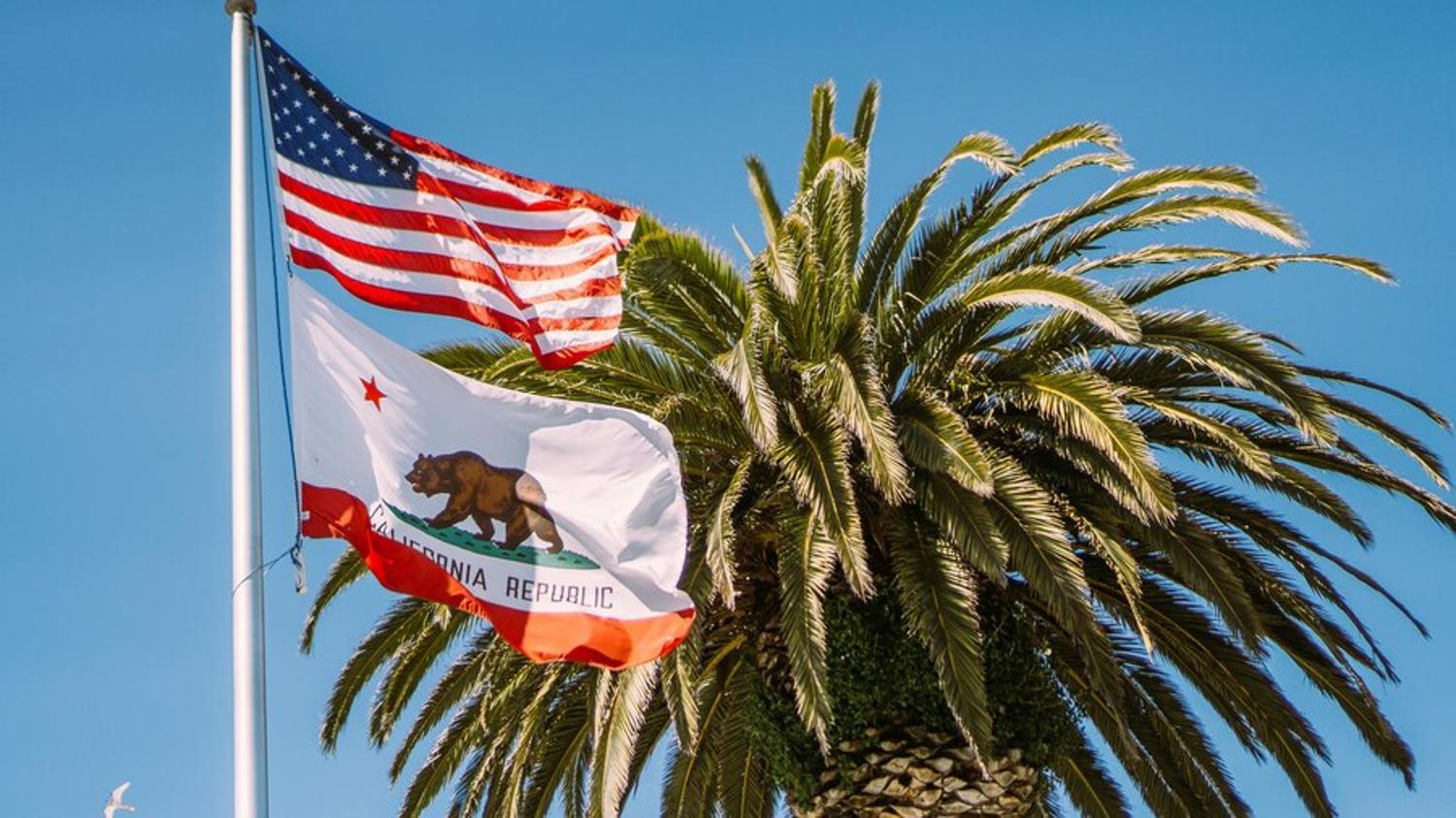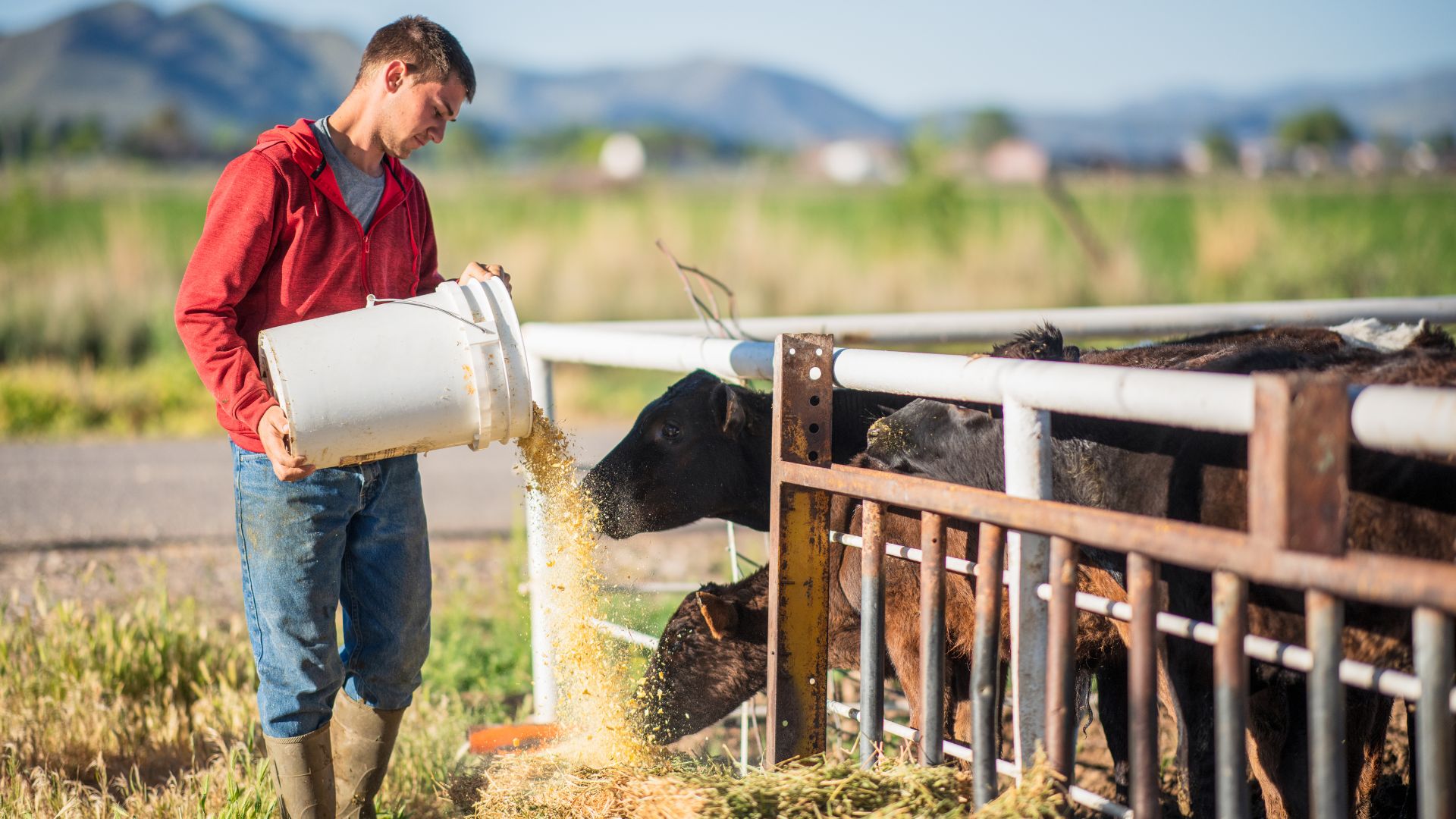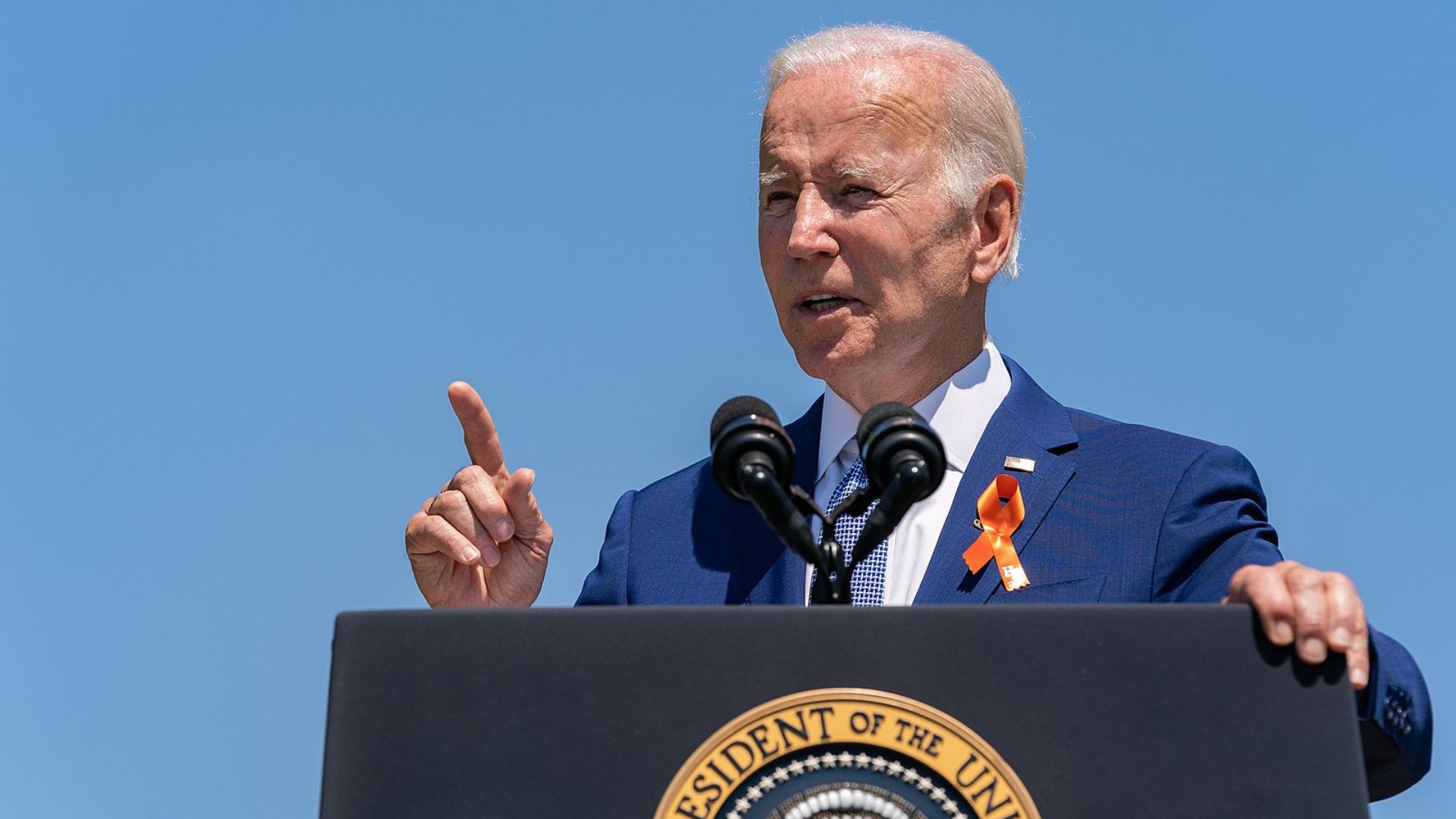California is preparing for another potential “water war” as Governor Gavin Newsom takes steps to secure the state’s water supply.
Amidst federal and state negotiations over a massive 400-mile water system, Newsom is pushing to adopt state-specific guidelines. This move could protect California’s endangered species, especially with a possible Trump administration on the horizon.
The Importance of the San Joaquin-Sacramento Delta

At the heart of this battle is the San Joaquin-Sacramento River Delta, a vital source of water for millions of Californians. The delta’s water is distributed to both urban centers and agricultural regions through a complex network of reservoirs, pumps, and canals.
Controlling this resource is crucial to both environmental protection and economic stability in California.
A History of Tension Over Water Policy

This isn’t California’s first rodeo with water policy disputes. In 2019, under President Trump, federal guidelines were relaxed to prioritize water delivery to southern California.
Governor Newsom chose a different path, enforcing stricter state rules to protect endangered fish species. The divergence caused significant confusion and sparked a series of legal battles.
Why Newsom is Making His Move Now

Governor Newsom’s latest actions are a proactive measure against potential changes under a new Trump administration.
According to Lenny Grimaldo from California’s Department of Water Resources, the goal is to ensure California’s wildlife protections remain intact, regardless of federal decisions. Newsom’s approach suggests a firm commitment to the state’s environmental policies.
The Controversial State-Only Permit

California is seeking a state-only permit to manage its water system. This decision breaks from the tradition of joint state-federal permits and aims to establish stronger state control.
The permit would align with California’s own environmental standards, potentially shielding the state from any federal policy shifts that could weaken protections.
The Environmental Perspective

Environmentalists are skeptical of Newsom’s strategy. Jon Rosenfield of the San Francisco Baykeeper argues that Newsom’s guidelines for the State Water Project are inadequate, labeling them “Trump-lite.”
According to Rosenfield, both state and federal plans fail to prevent the extinction of endangered fish, only differing in the speed at which they reach that grim outcome.
The Agricultural Viewpoint

From the agricultural sector’s perspective, the stricter state guidelines could mean less water for farms, especially in drought-prone regions.
Jason Phillips of the Friant Water Authority warns that the split approach could create confusion and reduce water availability, impacting farmers who rely on a consistent supply for their crops.
Legal Battles on the Horizon

The 2019 split between state and federal water management guidelines led to multiple lawsuits, with Newsom suing the Trump administration and water agencies suing Newsom.
The current situation raises the specter of renewed legal battles if the state and federal guidelines diverge once again.
The Role of Voluntary Agreements

Newsom’s plan also includes voluntary agreements with water agencies to reduce water usage and fund habitat conservation. These agreements could replace more rigid flow restrictions designed to protect fish.
However, critics argue that voluntary measures may not be enough to ensure the survival of endangered species in the delta.
Biden Administration’s Position

For now, the Biden administration appears aligned with Newsom’s goals, focusing on rewriting the Trump-era rules by the end of the year.
Both administrations seem committed to finding a middle ground that balances water distribution with environmental protections. However, with Trump’s promise to send more water to farmers, tensions remain high.
What’s at Stake for California?

The outcome of these negotiations will have far-reaching implications for California’s future. Water is not just a resource but a lifeline for the state’s cities, farms, and ecosystems.
The decisions made now will affect millions of residents, endangered species, and the broader political landscape, especially if Trump returns to power.
Preparing for an Uncertain Future

As California braces for a potential shift in federal leadership, Newsom’s strategy is clear: control what he can at the state level to safeguard California’s water and wildlife.
Whether this approach will lead to more “water wars” remains to be seen, but one thing is certain—California is gearing up for any challenge that comes its way.








































